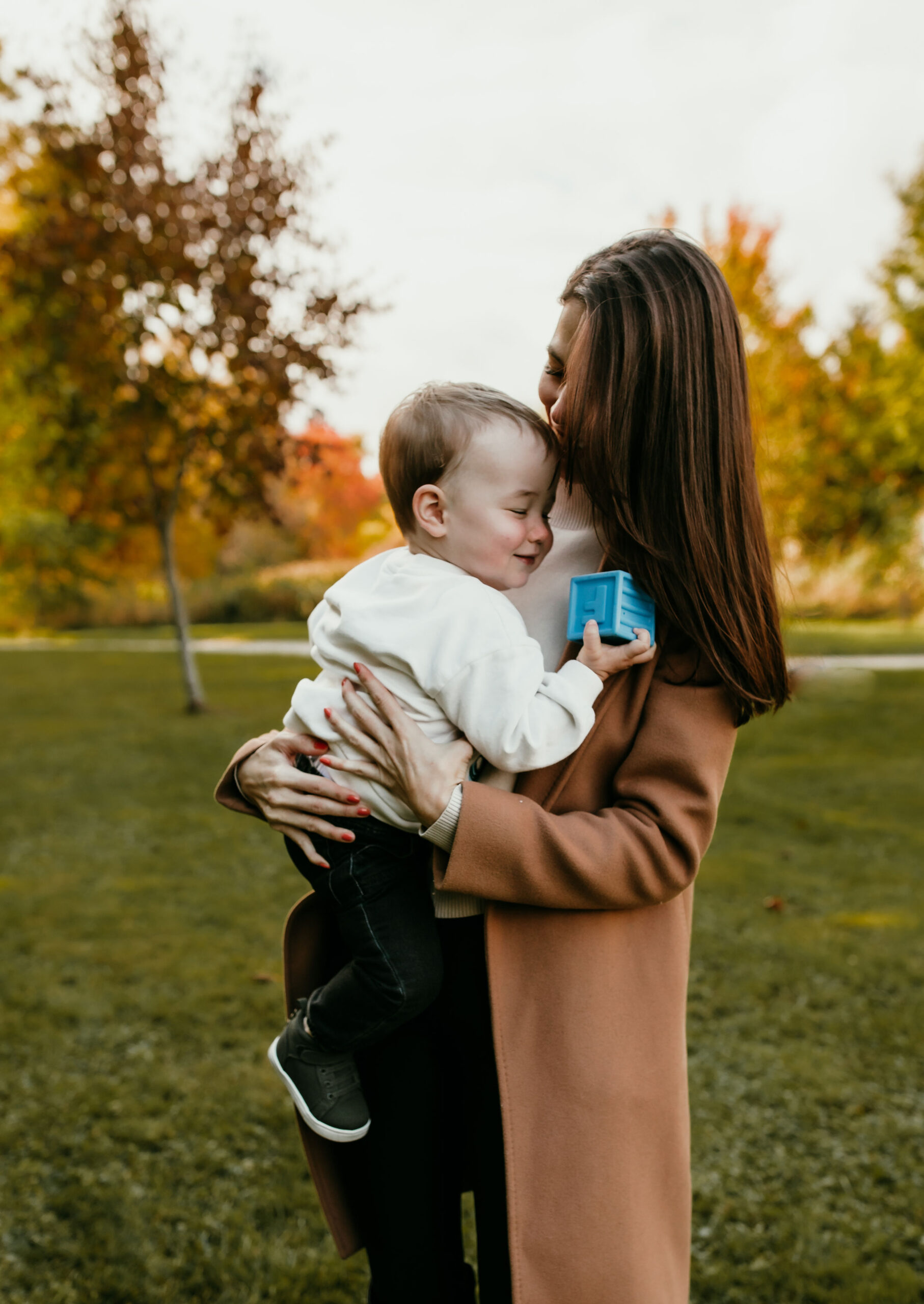Stacey Krumholtz
About me
I am a medical illustrator, animator and graphic designer based out of Waterloo, Ontario. I received my Honours Bachelor of Science from Western University with a specialization in cell and developmental biology in 2008. In 2015, I earned my Master of Science in Biomedical Communications at the University of Toronto, one of only 4 internationally accredited programs of its kind. I share my time as the first in-house medical illustrator for the Arthur and Sonia Labatt Brain Tumour Research Centre (BTRC), at the The Hospital for Sick Children, and the Journal of Neurosurgery, based out of Charlottesville, Virgina.
As a biomedical communicator, I strive to create engaging and meaningful visualizations, while focusing on effective communication of scientific and medical information. My work has been published in Cell, Cancer Cell, Cancer Research, Cancers, Chemical Science, Neuro-Oncology, Journal of Controlled Release, Journal of Neurosurgery, Journal of Neurosurgery: Spine, Journal of Neurosurgery: Pediatrics as well as several textbooks.
You can view my work online at www.slk-art.com
How did you get interested in medical illustration?
When I finished undergrad, I was debating between a number of career choices (medicine, research, law – I even wrote the LSAT!) but all of them left a creative void. I started researching art programs and ended up visiting Sheridan College, where I met John Parker. He was a medical illustrator before becoming a teacher and was the first person to introduce me to the idea of a career in medical illustration. I knew instantly that’s what I wanted to do – I could not think of a more perfect way to combine my love of art and science!
Did you draw often as a child?
Yes! All the time! I was obsessed with drawing animals as a kid. I’m grateful to my parents for providing me with a multitude of art supplies and encouraging me to draw and paint as often as I liked.
What are your favourite projects in medical illustration?
My favourite projects are ones I can get invested in intellectually, where my knowledge of science and design can really help communicate research. It feels like it’s a meeting of all of my passions and talents and is always the most satisfying to create.
What are some of the medical artworks you are most proud of for the BTRC?
Any research figure or graphical abstract that gets published in a peer-reviewed journal. The researchers here are doing amazing things and if I can be part of the reason their work gets more attention or is better understood – that’s the goal, and it makes me very proud.
Is it important for you to understand the science of a project before you render an illustration?
Definitely! I love to read and do research, so I always gather as much relevant information as I can before starting a project. If I don’t understand it, I can’t make it the best it can be. I can always improve the aesthetics of an idea or a sketch, but where the magic really happens is when I understand the material enough to suggest changes in structure/organization that improve the illustrations ability to communicate and be understood.
What do you do for fun in your spare time?
I love to travel, listen to live music, and watch movies with my husband Brandon, but my absolute favourite activity is anything involving my almost three-year-old son Leo, who I absolutely adore.

Stacey Krumholtz

About me
I am a medical illustrator, animator and graphic designer based out of Waterloo, Ontario. I received my Honours Bachelor of Science from Western University with a specialization in cell and developmental biology in 2008. In 2015, I earned my Master of Science in Biomedical Communications at the University of Toronto, one of only 4 internationally accredited programs of its kind. I shares my time as the first in-house medical illustrator for the Arthur and Sonia Labatt Brain Tumour Research Centre (BTRC), at the The Hospital for Sick Children, and the Journal of Neurosurgery, based out of Charlottesville, Virgina.
As a biomedical communicator, I strive to create engaging and meaningful visualizations, while focusing on effective communication of scientific and medical information. My work has been published in Cell, Cancer Cell, Cancer Research, Cancers, Chemical Science, Neuro-Oncology, Journal of Controlled Release, Journal of Neurosurgery, Journal of Neurosurgery: Spine, Journal of Neurosurgery: Pediatrics as well as several textbooks.
You can view my work online at www.slk-art.com
How did you get interested in medical illustration?
When I finished undergrad, I was debating between a number of career choices (medicine, research, law – I even wrote the LSAT!) but all of them left a creative void. I started researching art programs and ended up visiting Sheridan College, where I met John Parker. He was a medical illustrator before becoming a teacher and was the first person to introduce me to the idea of a career in medical illustration. I knew instantly that’s what I wanted to do – I could not think of a more perfect way to combine my love of art and science!
Did you draw often as a child?
Yes! All the time! I was obsessed with drawing animals as a kid. I’m grateful to my parents for providing me with a multitude of art supplies and encouraging me to draw and paint as often as I liked.
What are your favourite projects in medical illustration?
My favourite projects are ones I can get invested in intellectually, where my knowledge of science and design can really help communicate research. It feels like it’s a meeting of all of my passions and talents and is always the most satisfying to create.
What are some of the medical artworks you are most proud of for the BTRC?
Any research figure or graphical abstract that gets published in a peer-reviewed journal. The researchers here are doing amazing things and if I can be part of the reason their work gets more attention or is better understood – that’s the whole goal, and it makes me very proud.
Is it important for you to understand the science of a project before you render an illustration?
Definitely! I love to read and do research, so I always gather as much relevant information as I can before starting a project. If I don’t understand it, I can’t make it the best it can be. I can always improve the aesthetics of an idea or a sketch, but where the magic really happens is when I understand the material enough to suggest changes in structure/organization that improve the illustrations ability to communicate and be understood.
What do you do for fun in your spare time?
I love to travel and go to concerts, but since the pandemic started I’ve been doing a lot more reading, watching movies and spending time with my husband Brandon, my almost two-year-old son Leo and my dog Buttons – all of whom I adore, so I really can’t complain!
Stacey Krumholtz

About me
I am a medical illustrator, animator and graphic designer based out of Waterloo, Ontario. I received my Honours Bachelor of Science from Western University with a specialization in cell and developmental biology in 2008. In 2015, I earned my Master of Science in Biomedical Communications at the University of Toronto, one of only 4 internationally accredited programs of its kind. I shares my time as the first in-house medical illustrator for the Arthur and Sonia Labatt Brain Tumour Research Centre (BTRC), at the The Hospital for Sick Children, and the Journal of Neurosurgery, based out of Charlottesville, Virgina.
As a biomedical communicator, I strive to create engaging and meaningful visualizations, while focusing on effective communication of scientific and medical information. My work has been published in Cell, Cancer Cell, Cancer Research, Cancers, Chemical Science, Neuro-Oncology, Journal of Controlled Release, Journal of Neurosurgery, Journal of Neurosurgery: Spine, Journal of Neurosurgery: Pediatrics as well as several textbooks.
You can view my work online at www.slk-art.com
How did you get interested in medical illustration?
When I finished undergrad, I was debating between a number of career choices (medicine, research, law – I even wrote the LSAT!) but all of them left a creative void. I started researching art programs and ended up visiting Sheridan College, where I met John Parker. He was a medical illustrator before becoming a teacher and was the first person to introduce me to the idea of a career in medical illustration. I knew instantly that’s what I wanted to do – I could not think of a more perfect way to combine my love of art and science!
Did you draw often as a child?
Yes! All the time! I was obsessed with drawing animals as a kid. I’m grateful to my parents for providing me with a multitude of art supplies and encouraging me to draw and paint as often as I liked.
What are your favourite projects in medical illustration?
My favourite projects are ones I can get invested in intellectually, where my knowledge of science and design can really help communicate research. It feels like it’s a meeting of all of my passions and talents and is always the most satisfying to create.
What are some of the medical artworks you are most proud of for the BTRC?
Any research figure or graphical abstract that gets published in a peer-reviewed journal. The researchers here are doing amazing things and if I can be part of the reason their work gets more attention or is better understood – that’s the whole goal, and it makes me very proud.
Is it important for you to understand the science of a project before you render an illustration?
Definitely! I love to read and do research, so I always gather as much relevant information as I can before starting a project. If I don’t understand it, I can’t make it the best it can be. I can always improve the aesthetics of an idea or a sketch, but where the magic really happens is when I understand the material enough to suggest changes in structure/organization that improve the illustrations ability to communicate and be understood.
What do you do for fun in your spare time?
I love to travel and go to concerts, but since the pandemic started I’ve been doing a lot more reading, watching movies and spending time with my husband Brandon, my almost two-year-old son Leo and my dog Buttons – all of whom I adore, so I really can’t complain!


